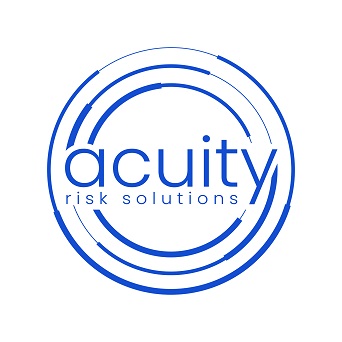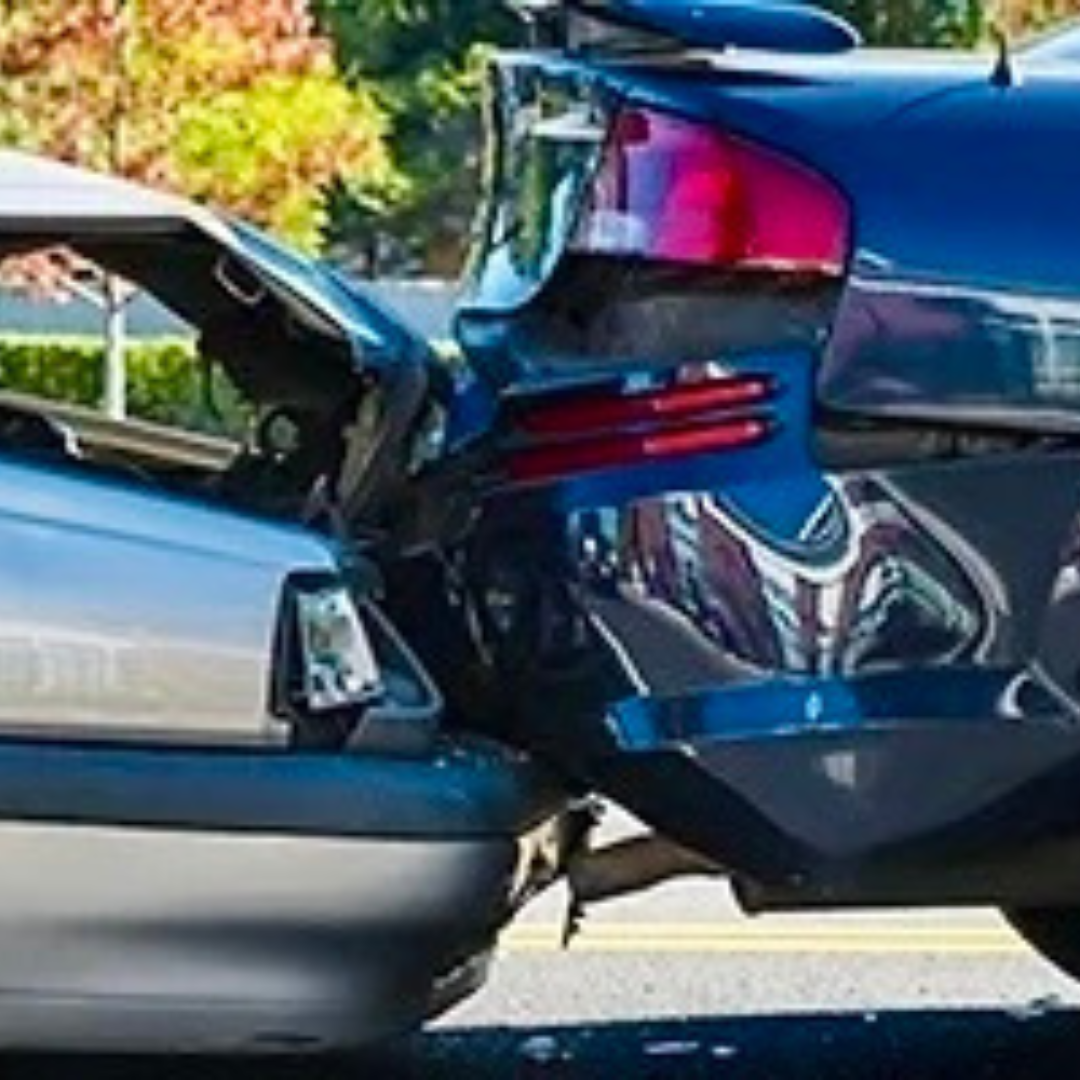As a business owner, you know how important it is to maintain the safety of your work fleet and have clear policies for staff using them.
The cost of fleet accidents
Research has shown that the social and economic costs of all road crashes in Australia are more than $30 billion each year. What’s fuelling those overall costs? Distraction is listed as the main reason, and this article explains your and your drivers’ responsibilities to boost your risk management approach.
Employer responsibilities
As an employer, there’s plenty you can do to reduce your risks of a work-vehicle bingle, including:
- Be sure to register your work vehicles, have a written business car use policy and logbook.
- Have the right comprehensive insurance for your fleet.
- Retain copies of driver licences of your staff using the vehicles
- Program vehicle servicing and maintenance
If a work vehicle is involved in an accident, employers also have vicarious liability for damages and injuries caused. Also, it is important to know that when your employee suffers injuries while driving for work, that could trigger a workers’ compensation claim to cover time off work and care.
Employee responsibilities
Employees driving company cars should abide by the following rules:
- Read the company’s car use policy closely and insurance coverage.
- Be clear if they can use the car for personal use out of business hours
- Know who to contact if there’s an accident and what documentation is needed
- Keep the car serviced and clean and maintain a driver’s licence.
Commercial vehicle insurance options
The most appropriate policy to protect your business from risks relating to work vehicles is a commercial vehicle insurance. Typically, vehicles that carry up to five tonnes, such as trucks, sedans, forklifts, and some earthmoving come under this policy.
Often, you can choose your own repairer, or use the insurers nominated repairer and have the confidence of lifetime guarantee of those repairs. Hire vehicles, lease payout and new vehicle replacement are high-level offerings, too. They’re handy to ensure minimal disruption to your operations.
If you would like to know more about managing risks associated with work-vehicles bingles, please CLICK HERE, or contact us for more information.

